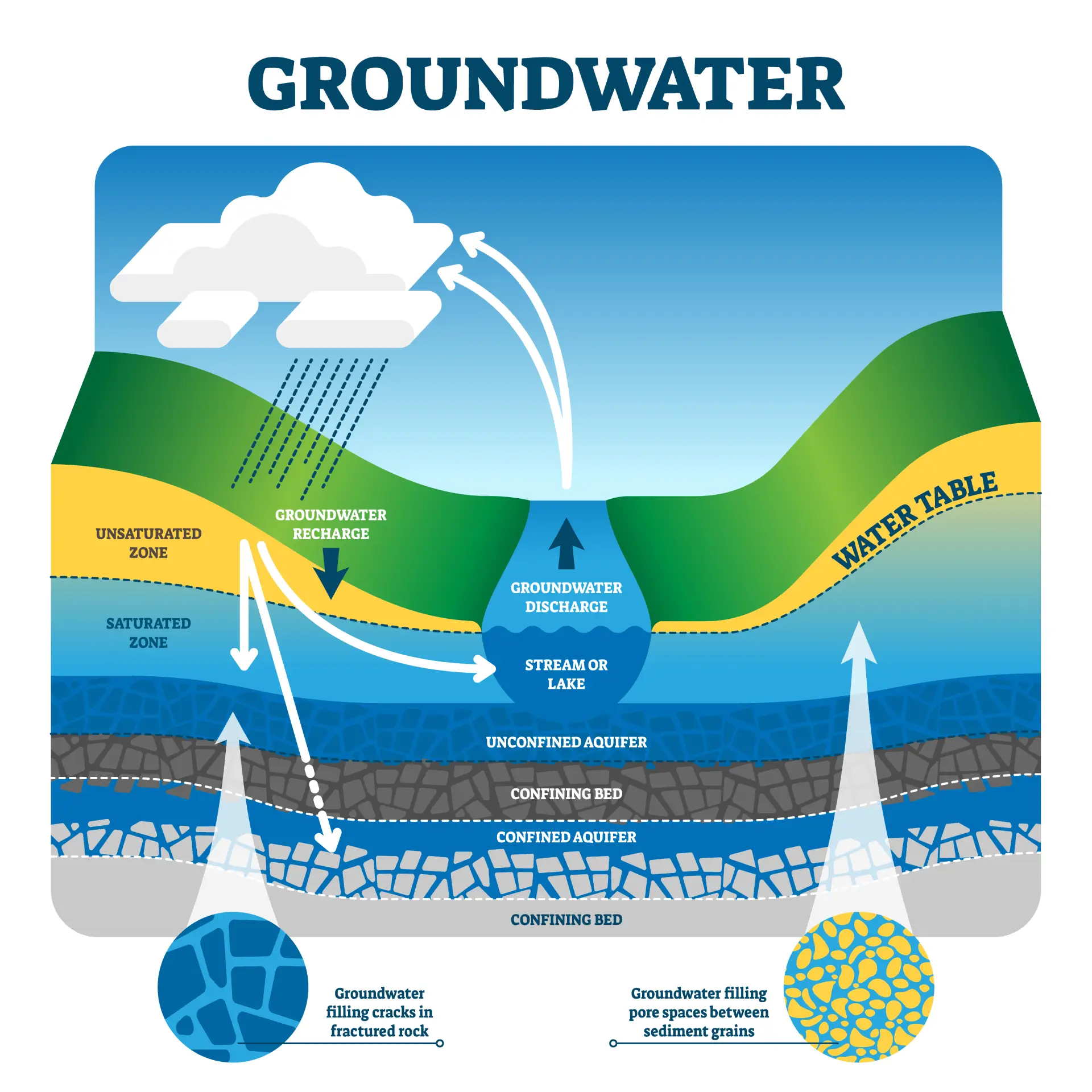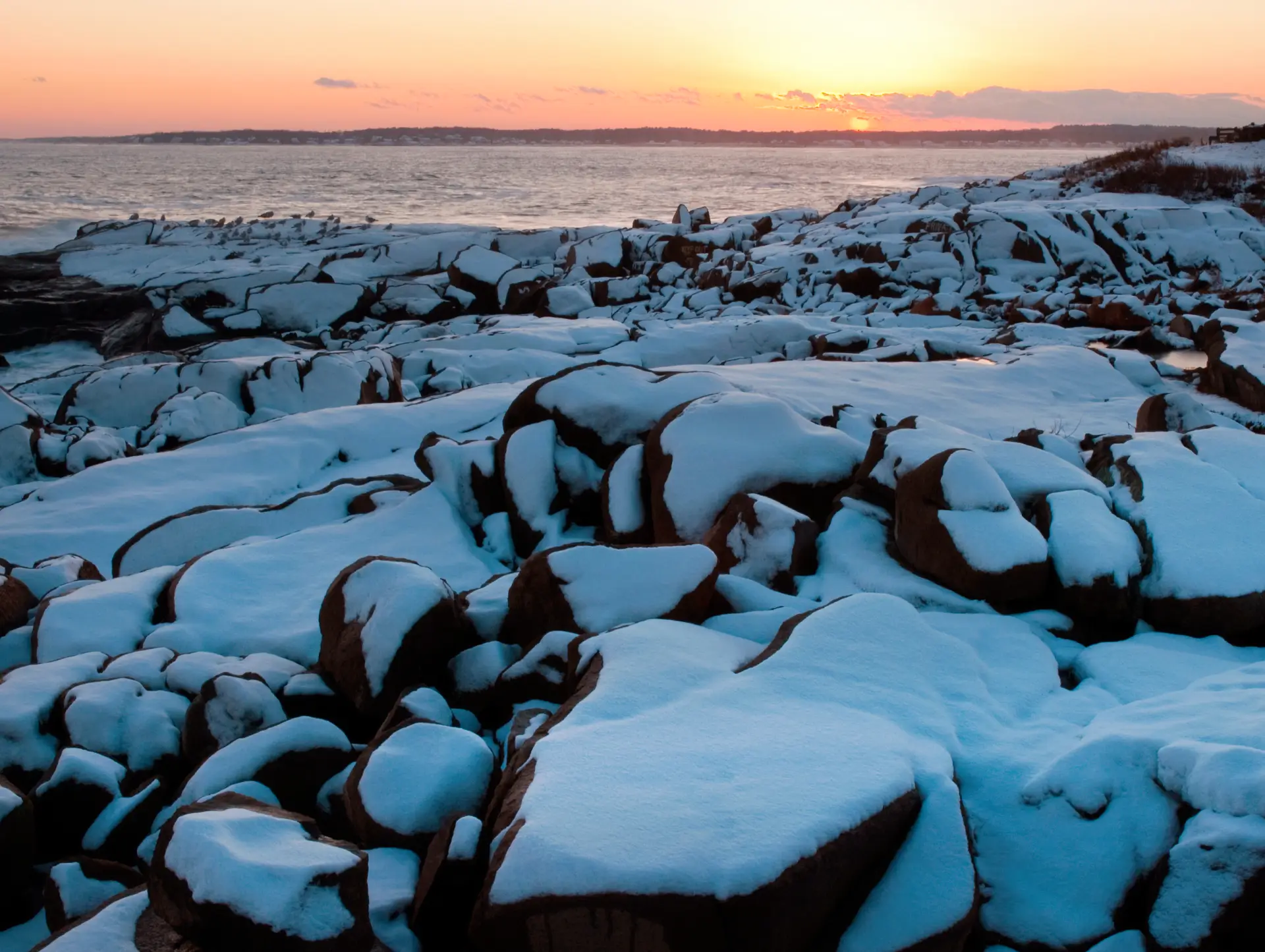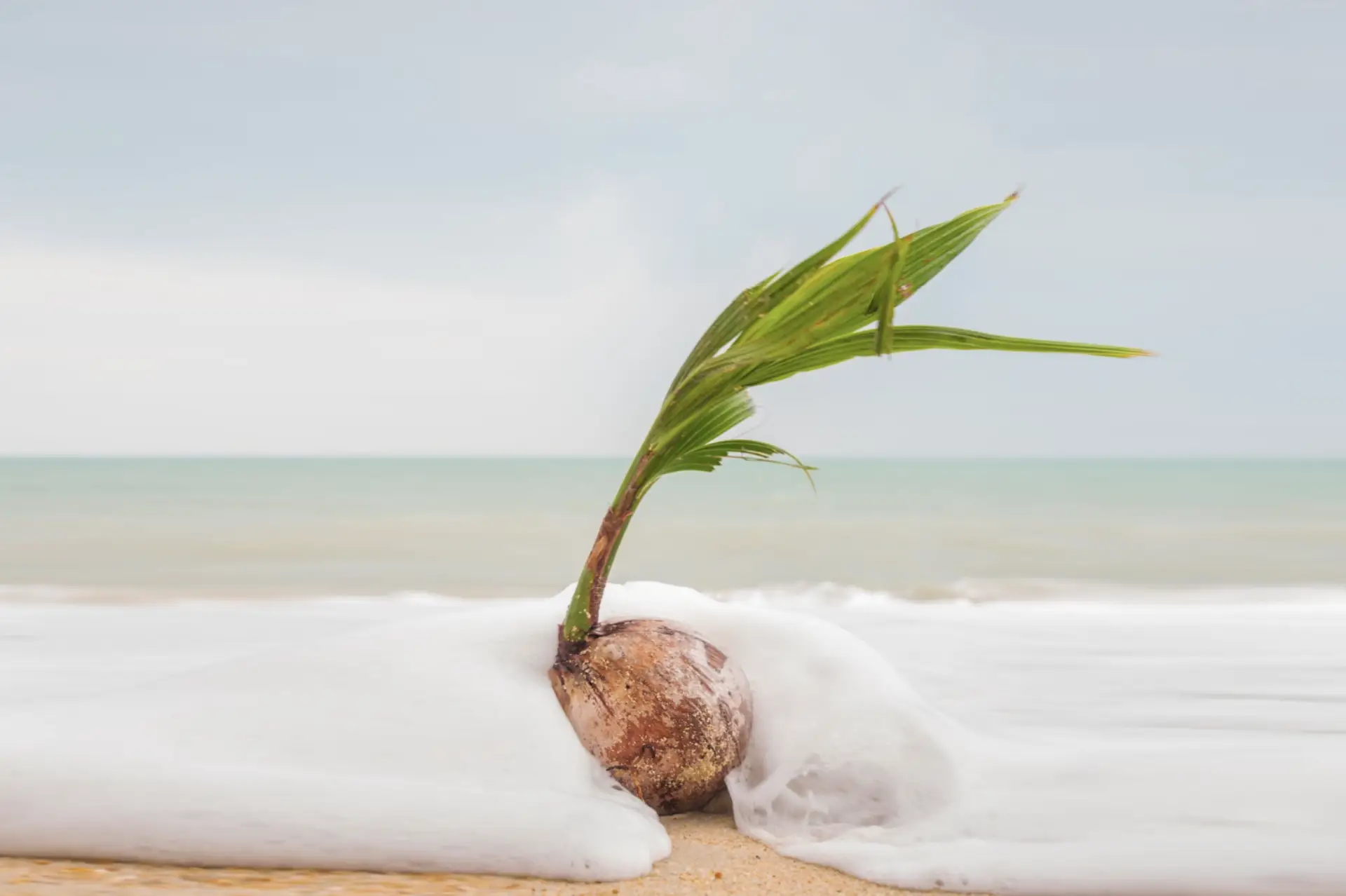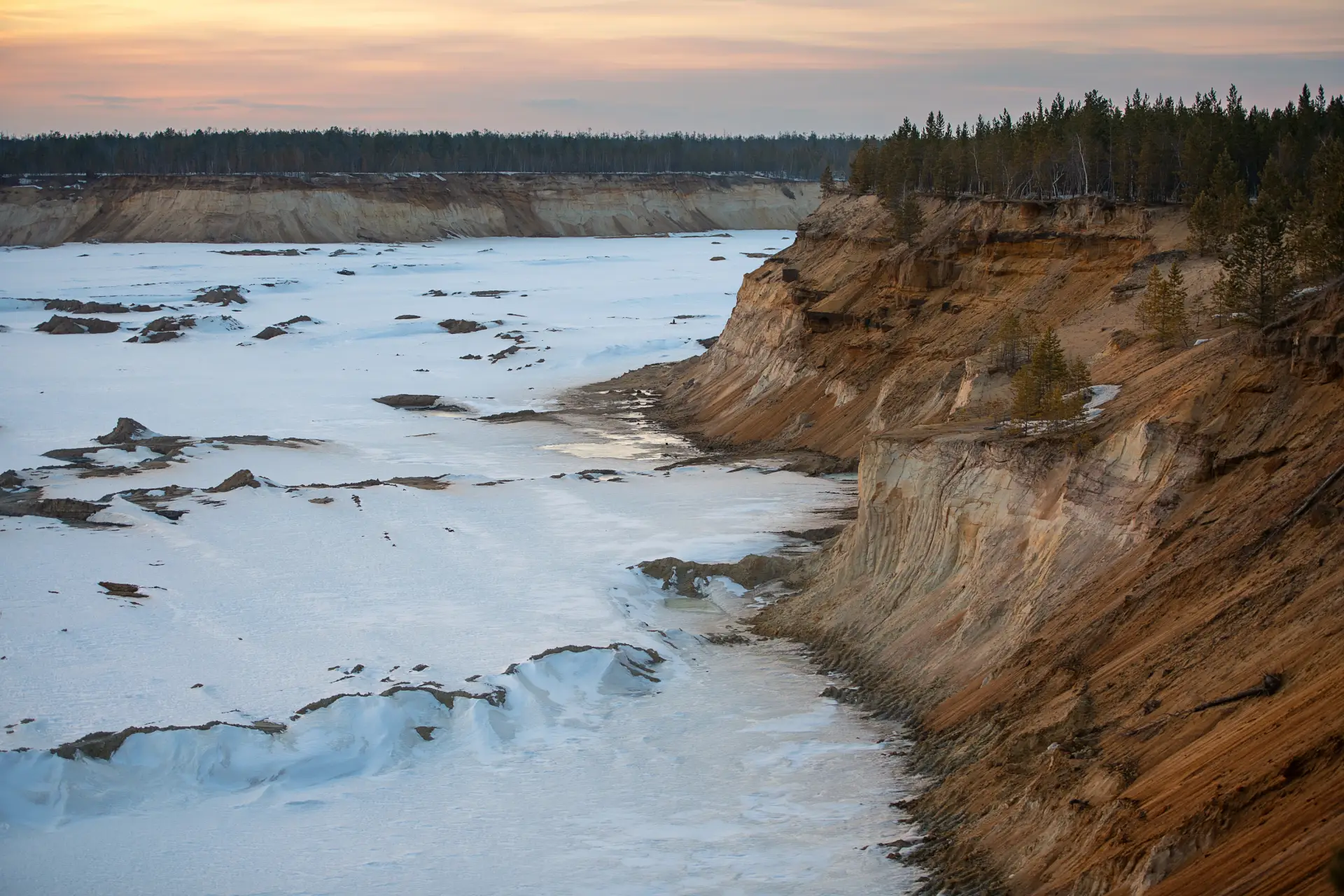Atacama desert: Earth’s driest place where animals survive on dew!
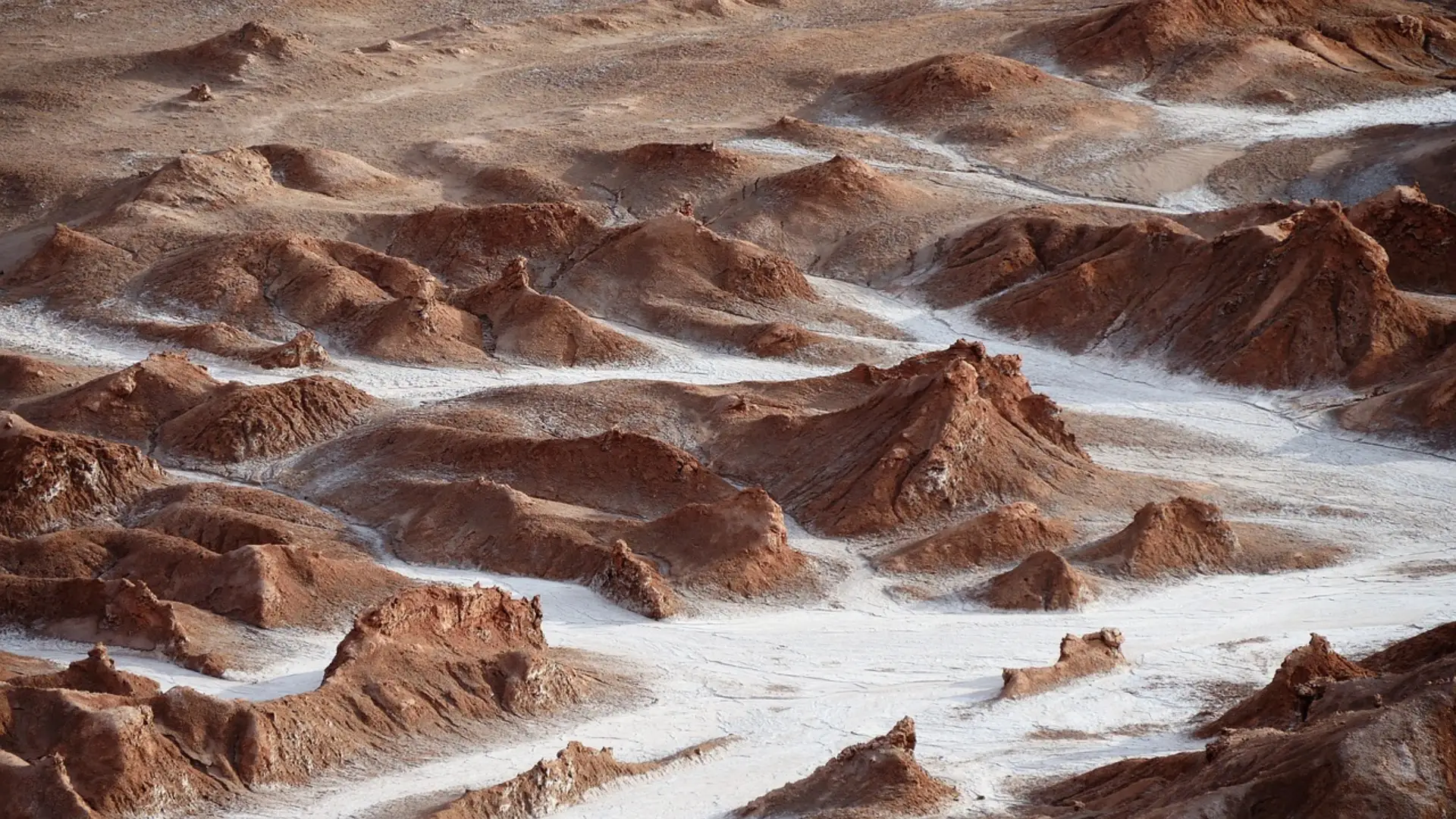
The Atacama desert lies along the western coast of South America, in the northern part of Chile. It is between the Andes mountains (eastern border) and the Chilean Coast Range (western border). This area receives less than an inch (2.54cm) of rain annually. In some places, it hasn’t rained for decades.
In fact, the terrain is so arid that NASA astrobiologists visit the Atacama Desert in the hopes of unearthing evidence about life on other planets. Scientists compare this arid and harsh environment to Mars, hoping to find answers to the possibility of life there.
What little water is present in the Atacama comes from the fog in the hills or lomas. Moist air from the Pacific Ocean makes its way into the desert. As this air cools, the water vapor condenses into dew droplets. Many plants in the area have adapted to catch these dewdrops, channeling them toward the ground, where they get absorbed from the soil into the plant’s roots.
Animals living in the area lick the dew off the plants for water. Even humans have used fog as a water source. Dating as far back as the Inca Empire (1400 CE), people in the area have used giant vertical nets to collect and channel the dew toward a vessel kept below.


